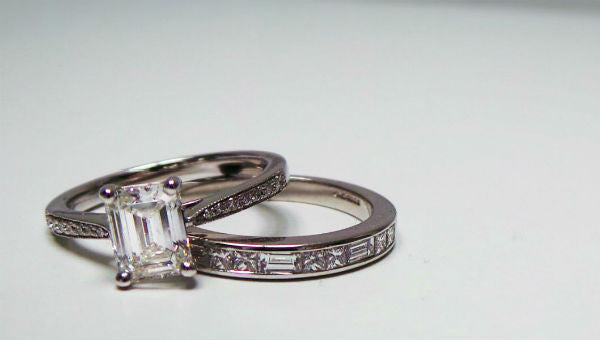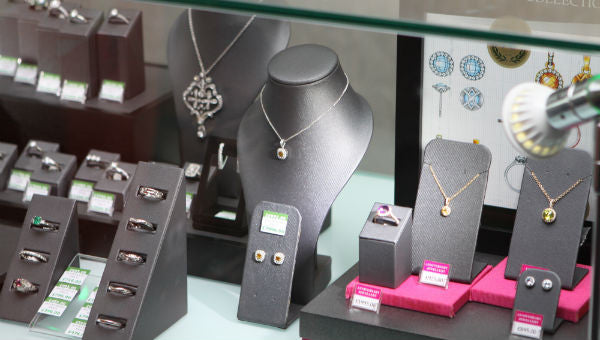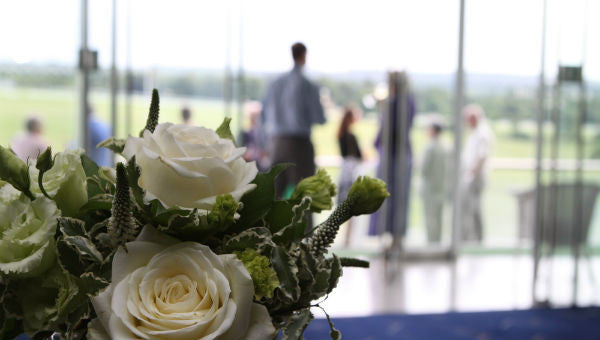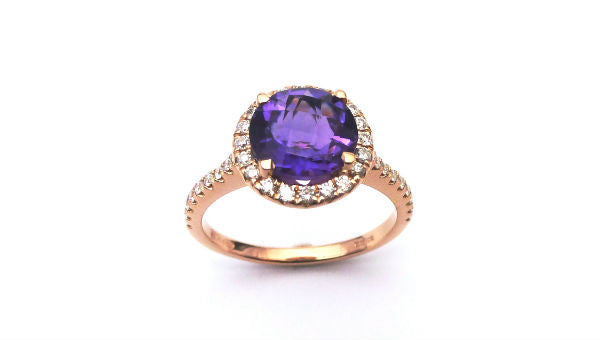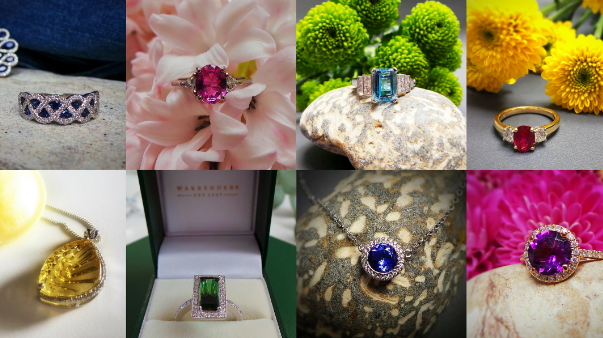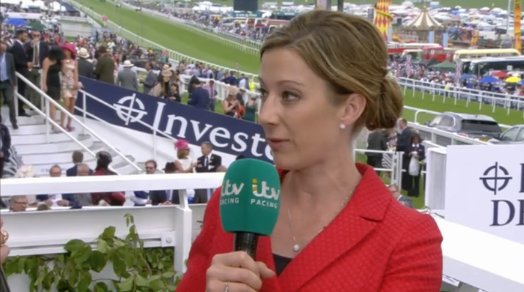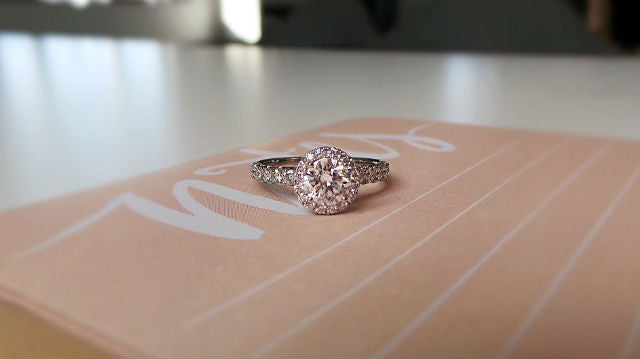The Warrenders treatment: a full list of our services
Our Services
At Warrenders we live and breathe jewellery. For the past 70 years, our dedicated team have honed their skills in every area of jewellery from gemology to design. We pride ourselves on being a fully comprehensive jewellery firm offering services that include:
Bespoke Jewellery Design
Our skilled craftsmen can work with you to create a design completely unique to you. Our bespoke jewellery service starts with a personal consultation during which we chat through your likes and dislikes and get a clear idea of the kind of piece that would best suit you. We also have a large portfolio full of beautiful ideas for you to browse should you require a little extra inspiration.
Following your consultation, our designers create a set of to-scale drawings. Then when you are completely happy with the design our gemologists set about sourcing the finest gemstones and diamonds to bring your unique piece to life.
Jewellery and Watch Repairs
Do you have a much-loved piece of jewellery which needs a little TLC? Our specialist jewellers and in-house goldsmith can undertake all manner of repairs including; ring resizing, chain repairs, watch battery changing, watch servicing and restoration.
Jewellery Engraving
Add a personal touch to a gift or heartfelt message to an engagement or wedding ring with our jewellery engraving service. Our expert engravers can personalise any jewellery piece either by hand or by specialist machine as well as seal and crest engravers, so the item can be marked exactly to your tastes.
Valuations
If you require a valuation for either insurance or tax purposes our expert onsite jewellers can provide detailed printed valuations complete with coloured photographs. All valuations are carried out on the premises so you can rest assured your jewellery is in safe hands.
Jewellery Purchase
Whether it’s an old ring you no longer wear or a broken necklace which has been sitting in the bottom of your jewellery box, we offer highly competitive prices with no obligation to sell. The perfect way to make some money from jewellery you no longer want.
Insurance
We know keeping your treasured jewellery safe is of the upmost importance to you. However, should the unthinkable happen it is reassuring to know that you have comprehensive insurance in place. We recommend T.H March Insurance Solutions for their expertise and straightforward approach to insurance.
Continue reading
